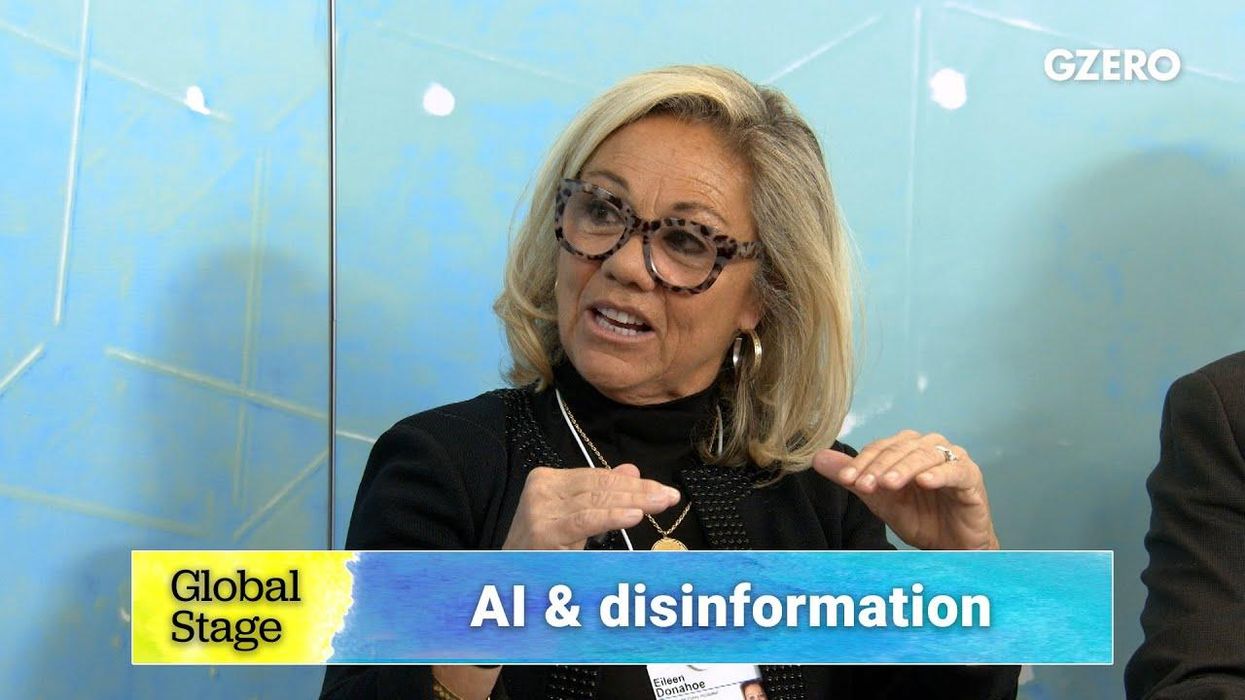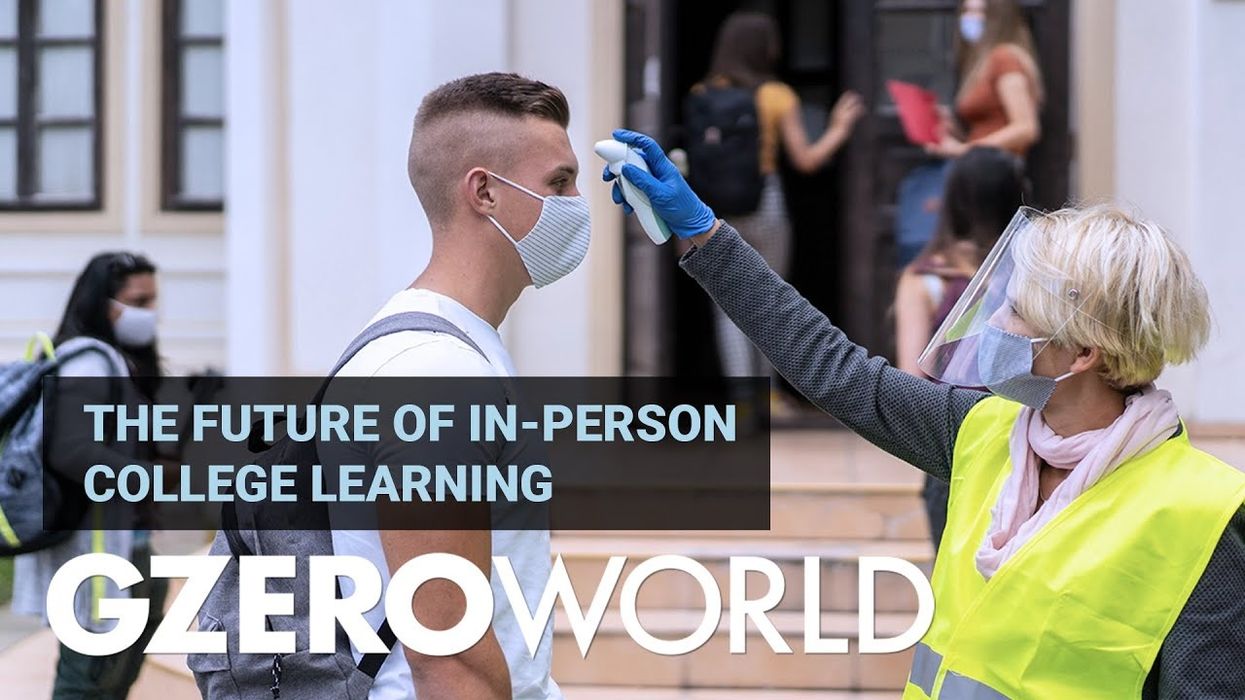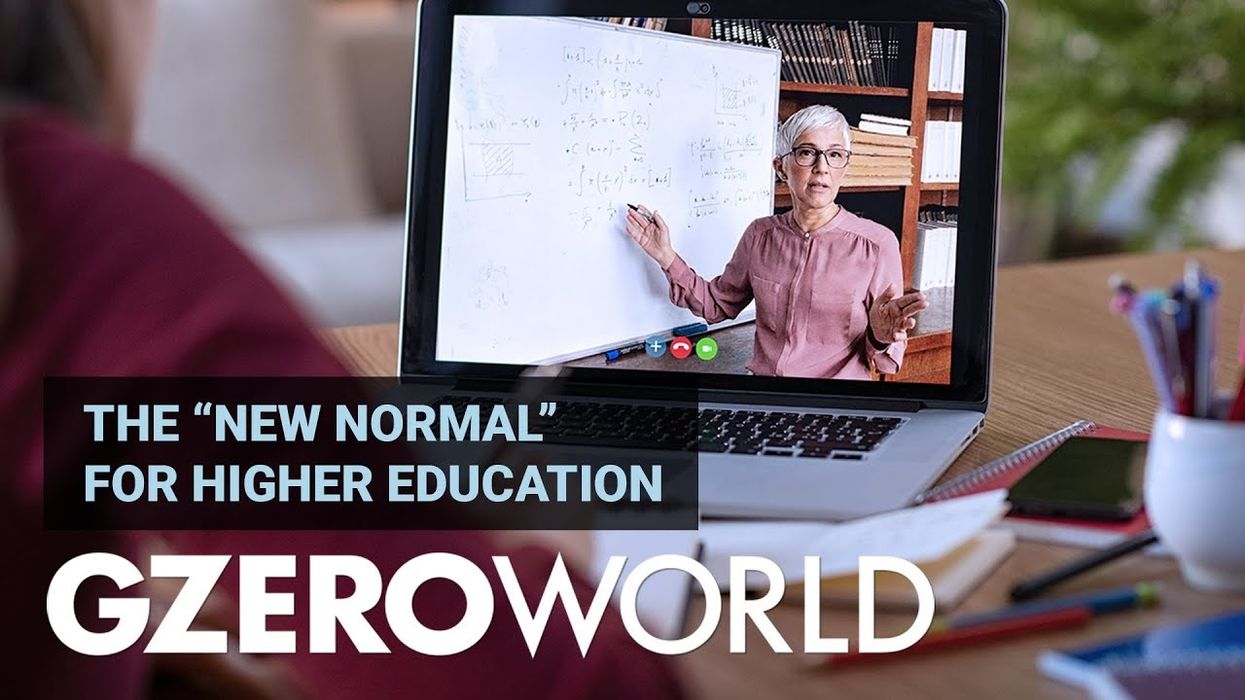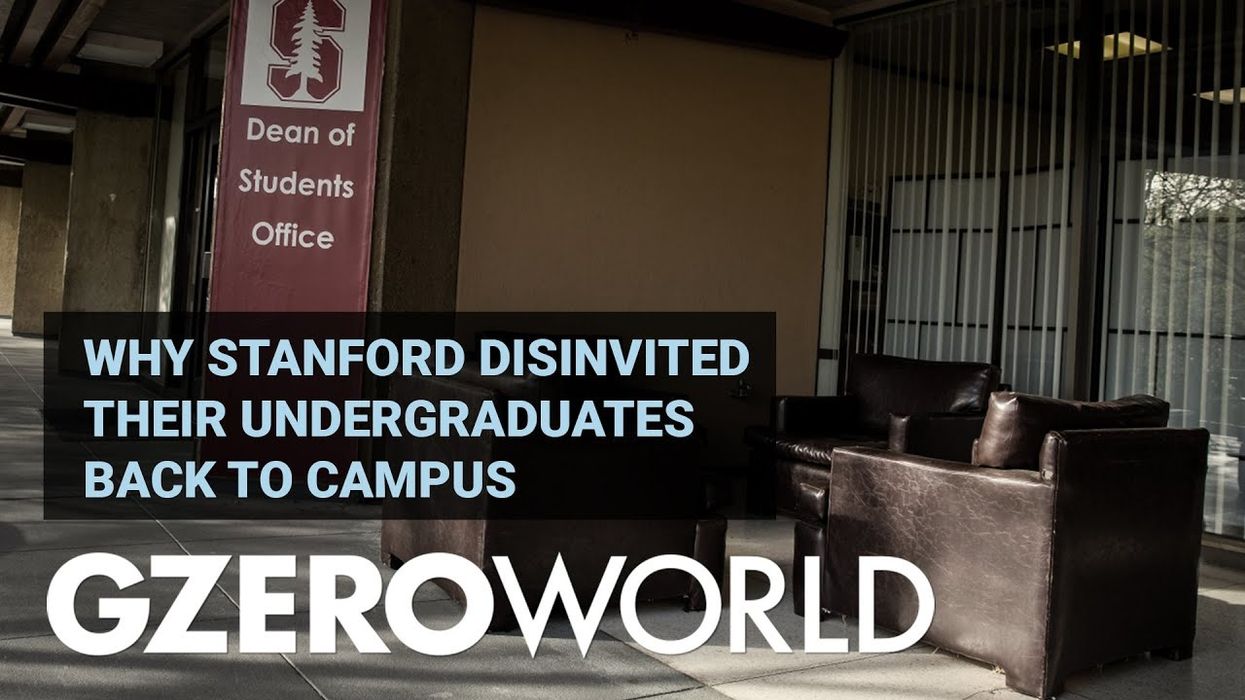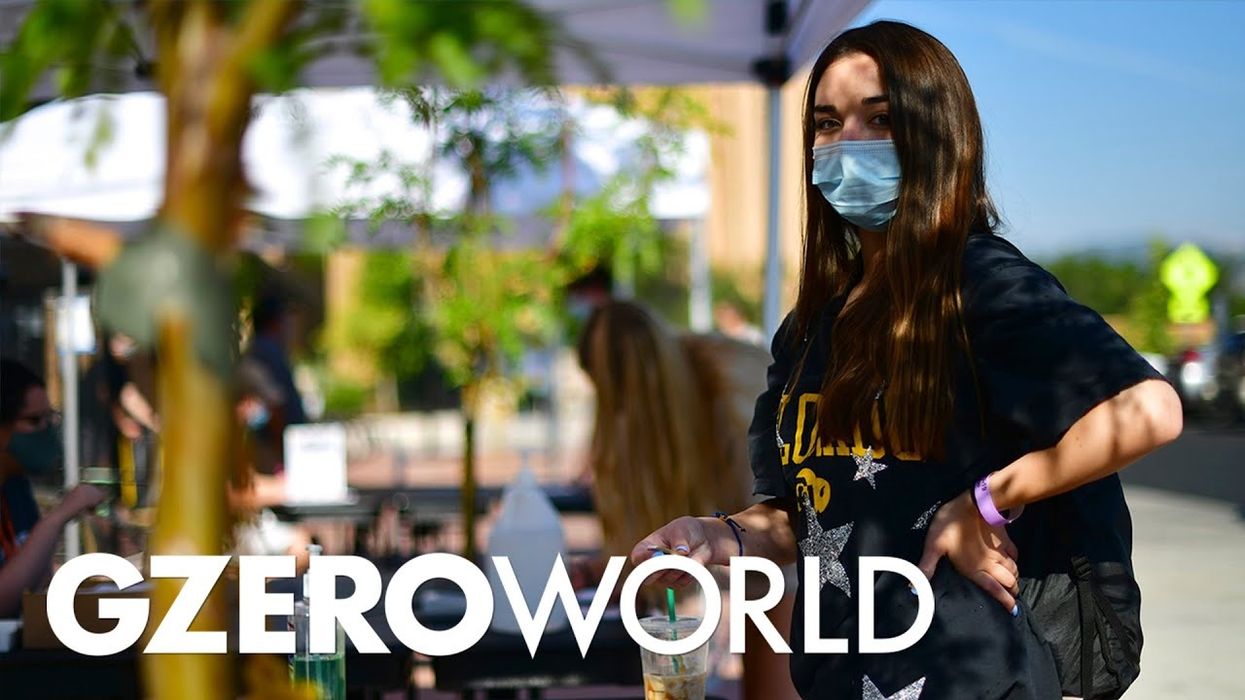Digital Governance
Artificial intelligence and the importance of civics
What's more important to fight AI-enabled disinformation: policies or social norms? Eileen Donahoe, executive director of Stanford University's Global Digital Policy Incubator, believes we haven't done enough on the cultural level and in terms of civic education. But, should governments ban AI? She's on the fence when asked during a Global Stage livestream conversation hosted by GZERO in partnership with Microsoft.
Jan 22, 2023
